

| Newsletter
Home | ECR Homepage |
ECR Shop
| ECR
YouTube | ECR
Groups.io | ECR Facebook |
April 4, 2022
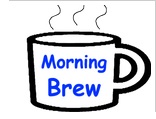 MORNING BREW Q&A - By Michael K2SHF Thank you to all who checked in to the Morning Brew last week. We asked the following questions. As always, only answers with a tally of 2 or more were included below. Thanks to Derby Dan (KD2VNU) for tallying the results after each net.  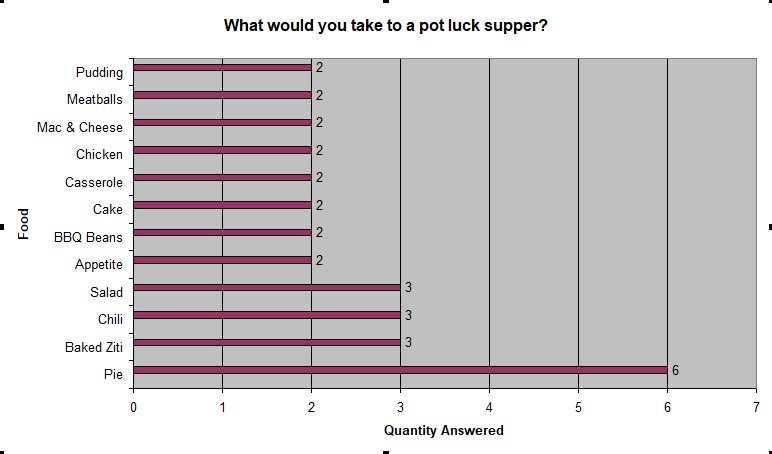 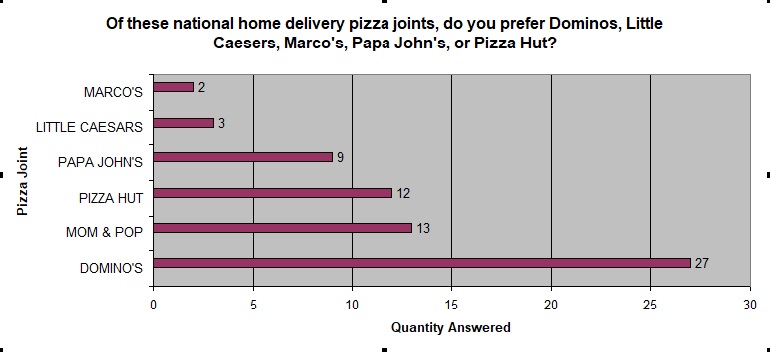 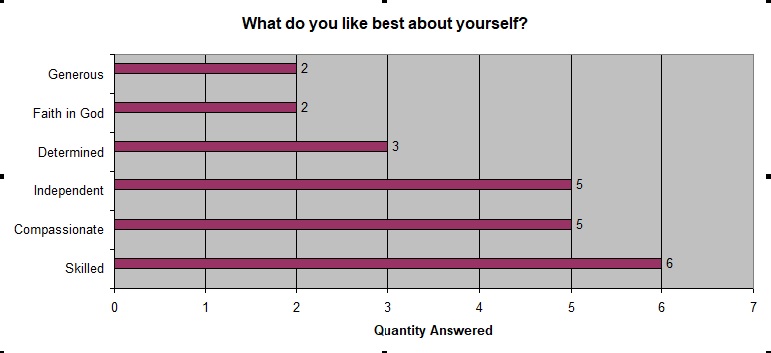 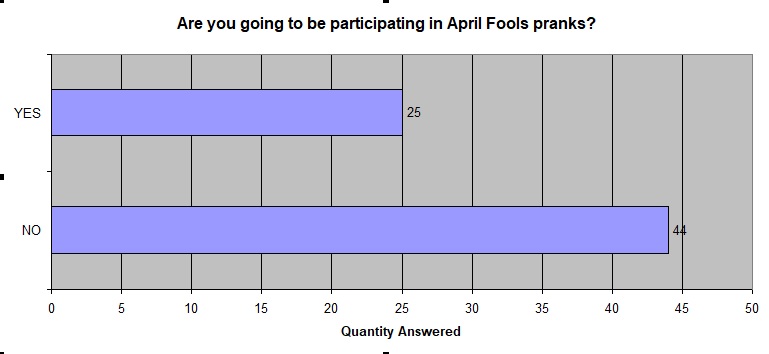  ECR BIRTHDAYS The following hams are celebrating a birthday this week. Happy Birthday to you all! K6AAN, Mike of Valley Springs CA, has a birthday on Wednesday, April 6th W4PPX, Don of Hollywood FL, has a birthday on Friday, April 8th AC4AG, Donald of Somerset KY, has a birthday on Saturday, April 9th WD5DON, Don of Corpus Cristi TX, has a birthday on Sunday, April 10th 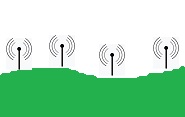 THE ANTENNA FARM - By Charles KC6UFM Part 2 – Terms and Magic Hello ECR Family, and welcome to The Antenna Farm. I’m your friendly Antenna Farmer Charles, KC6UFM. While I try to make the articles in this series free-standing so you need not read them all in sequence, a certain amount of information is needed for a total novice (no pun intended) to understand things fully. As a rule, that needed information is covered in earlier articles. So, while I make an effort at the free-standing of each article, odds are you will get more out of the series if you read them in order. This time, we’re going to look at a few common terms used in antenna work, and a few feats of magic you may see from time to time related to them. Terminology, and the misunderstanding/misuse thereof, is very common in amateur radio. As you read this, try to think back on how you have seen these terms used and how some Hams have presented them to you… Term #1 – Decibel – There is a fairly simple equation to calculate decibels (usually abbreviated as dB). It’s not too complex, but we’re going to totally ignore it. Why? Because, simply put, it doesn’t matter for our needs. What is important, however, is that you understand that a dB is a mathematical RATIO, that is to say, it compares two values. A statement like “...my antenna has 3 dB of gain...” has a net meaning of absolutely nothing because we don’t know what things are being compared. You MUST know the basis of comparison or the dB value is meaningless. By one of those coincidences that makes you believe in a Supreme Being, it just so happens that a change of 3 dB is very close to a factor of two. In other words, if, let’s say, you have an antenna with 3 dBd (see below) of gain and put 10 watts of power into the antenna, the apparent output from the antenna will look like 20 watts coming from a dipole. This is a radical simplification, but you’ll learn what strict reality is soon. As a side note, when we talk about the loss in a feed line (coax, open wire, whatever), it is assumed that we are comparing the feed line loss to the loss of a perfect (lossless) conductor. The whole world is waiting for room-temperature superconductors, but I digress... Term #2 – Gain/Loss – First off, and I know I’m going to get flack for this, gain and loss are the exact same thing...just that one (gain) is given a positive value and the other (loss) is treated as a negative number. Other than the numeric sign, they are the same. And this is where our first bit of magic comes in...gain and loss figures expressed in dB can simply be added together to get the total system value. That’s right! No nasty calculations or slide rules or even calculators needed! Just plain old garden variety addition. Well...there is the addition of negative numbers, and we call that “Subtraction.” As a very simple example, let’s assume you have an antenna with 3 dBd gain and a feed line with 3 dB of loss. All you need to do is: 3 + (-3) = 0 dB and you know that the system (antenna+feed line) has a total of no gain or loss. Ain’t math great? Term #3 – Dipole – A theoretical dipole is nothing more than an antenna with two (“di”) elements (“poles”) each being fed with one of the two feed line wires. That’s all...nothing about length or diameter or any other property. That said, a half-wave dipole (a dipole with a TOTAL electrical length of ½ wave at the operating frequency) is what most Hams think of when talking about a dipole antenna. While the THEORETICAL dipole is the simplest antenna, the ½ wave dipole is the simplest PRACTICAL antenna. Because of this, a standard has emerged that uses the ½ wave dipole as a reference point. Almost all of the reputable antenna makers out there will indicate their antenna product’s gain when compared to a dipole. This is abbreviated as: “dBd” standing for “Decibels over a Dipole”. In other words, if Comet says a particular antenna has a gain of “3 dBd” they are saying that their antenna will show an apparent power twice that of a ½ wave dipole. Term #4 – Isotropic Radiator – An isotropic radiator (sometimes, but rarely, called an “isotropic antenna”) is a purely theoretical point source of a signal. Before you try it, you can NOT build an isotropic radiator...it exists only in the universe of pure, esoteric, mathematics. That doesn’t mean that it isn’t useful, but more often than not it is used to artificially inflate gain figures of antennas. “How’s that”, you ask? Simple! A dipole (see above) has a gain of about 2.14 dBi. Note the “i” there...to rephrase this, the dipole has 2.14 dB gain over an isotropic radiator. So what? Less reputable antenna makers will often give their product’s gain figures in dBi instead of dBd. Some even leave off the third character altogether. Say you’re shopping for an antenna...you see two similar antennas and one claims to have “3 dBd” of gain and the other claims “5.14 dB” of gain. With what you now know, you should see the problem here. The first figure tells you explicitly that the antenna has 3 dB of gain over a dipole. The second does not give you the basis of the comparison at all...5.14 dB of gain over what? We don’t know, therefore the value has no meaning at all. If the less-than ethical manufacturer does add the trailing “i” to the figure, it’s better, but, in all honesty, most hams will not see the “i” or even the “d” and just assume the latter antenna has more gain when, in fact, they are identical. WARNING – If an antenna ad/manual/document does not clearly state if their gain figures are in dBd or dBi, you should pass them by. They are trying to scam you out of your money. The bottom line here is that if you are antenna shopping and you see one antenna rated in dBi, all you need to do is subtract 2.14 from that value to convert it to dBd. Now you will be able to compare the antennas fairly on a level playing field. Magic – Digital Antennas – This has been happening for several years in the world of OTA TV antennas, but I’m starting to see some Ham antenna ads touting antennas for “Digital Modes like DMR, YSF, etc.” popping up in magazines (yes, QST and CQ) and online at both Amazon and eBay. The pitch is that to work digital modes (or HD+ TV) you need a special antenna. This is, in short, nonsense. Antennas are specific to a given frequency (or range) but not to mode, and DMR (and the rest) are just modes. Most Hams use the same antenna for CW, SSB, AM, FM, FT8, SSTV...you get the idea. The antenna only cares about the operating frequency, not the mode. This advertising magic is a clear attempt by the manufacturers and retailers to take advantage of both the explosion in the digital modes and the influx of new Hams who may not have the experience and knowledge needed to see when they are being scammed. Don’t fall for this! You now have a few simple terms to help you understand how antennas are rated. As a bonus, the same terms apply to feed lines as well. This means that as we move forward together, you’ll be able to look at the system as a whole and be able to evaluate potential performance. In our next visit, we’re going to look at feed lines and then take a trip to The Antenna Farm to harvest a very simple, effective antenna for VHF/UHF operations that you can build with a few common hand tools and for well less than $10 in cash. Take Care & 73 de KC6UFM Charles NEW FCC APPLICATION FEE WILL NOT APPLY TO AMATEUR RADIO LICENSE UPGRADES Taken from The ARRL Letter dated April 1, 2022 The Federal Communications Commission (FCC) staff has clarified in response to an ARRL request that the new $35 application fee will not apply to most license modifications, including those to upgrade anamateur radio licensee's operator class and changes to club station trustees. The FCC staff explained that the new fees will apply only to applications for a new license, renewal, rule waiver, or a new vanity call sign. As previously announced, the new fees take effect on April 19, 2022. "We are pleased that the FCC will not charge licensees the FCC application fee for license upgrade applications," said ARRL Volunteer Examiner Coordinator (VEC) Manager Maria Somma, AB1FM. "While applicants for a new license will need to pay the $35 FCC application fee, there will be no FCC charge for future upgrades and administrative updates, such as a change of mailing or email address. Most current licensees, therefore, will not be charged the new FCC application fee until they renew their license or apply for a new vanity call sign." ARRL previously reported that the new $35 application fee for amateur radio licenses will become effective on April 19, 2022. Further information and instructions about the FCC Application Fee are available from the ARRL VEC at www.arrl.org/fcc-application-fee. JUST AHEAD IN RADIOSPORT Taken from The ARRL Letter dated April 1, 2022 April 2-3 - PODXS 070 Club PSK 31 Flavors Contest April 2-3 - Louisiana QSO Party April 2-3 - Missouri QSO Party April 5 - ARS Spartan Sprint April 9 - QRP ARCI Spring QSO Party April 9-10 - JIDX CW Contest April 9-10 - SKCC Weekend Sprintathon April 9-10 - IG-RY Worldwide RTTY Contest April 9-10 - New Mexico QSO Party April 9-10 - Nebraska QSO Party April 9-10 - Georgia QSO Party April 9-10 - North Dakota QSO Party April 10 - Hungarian Straight Key Contest April 10 - ARRL Rookie Roundup, SSB Search the ARRL Contest Calendar for more. LOAD BALANCING FOR ALLSTAR We are trying to give 27339 a break by asking members of our core group to switch from 27339 to 45225. Core group members are simply those who are connected to the ECR 24/7. If this sounds like you, please try connecting to 45225 from now on. Thank you. THINKING ABOUT WRITING AN ARTICLE FOR THE NEWSLETTER? - By Michael K2SHF If you have anything you would like to write about, please send it to me at k2shf(at)arrl(dot)net so that I may publish it in the newsletter. Without your articles, we have no newsletter. There is no long-term commitment implied when you submit an article to me. You can write once or have a column that does not have to be updated every single week. We realize people have lives outside of the ECR. So, send me stuff! Thanks. |
| FACILITATORS Dick WB2JPQ Henry WB4IVB Emil WA2UPK Bob KB3SNM Tony W2KJV Kevin VE3BZ Paul W4END David KB4FXC Kevin KE7K Joe KO4FRR Mike K2CMT Michael K2SHF Steve K2EJ Keynon KB5GLC Dan KD2VNU |
ECR ACCESS IRLP 9050 AllStar 27339, 45192, 45225 Echolink WB2JPQ-R(57780), WB2JPQ-L(375103) DMR Brandmeister 3129973 DMR TGIF 9050 System Fusion 44444, 92805 DStar XRF(XLX)256E HamShack Hotline 94049 P25 31582 NEW!! M17 M17-ECR Module A NEW!! NETS Tech Net Tuesdays 8PM ET Morning Brew Mon-Fri 7AM ET YACHT Youth Net Wednesdays 8PM ET |
WEBPAGE http://eastcoastreflector.com ZOOM ROOM Open 24/7. All are welcome! ID: 83929643320 Password: 193414 http://bit.ly/ecrdaily MERCH SHOP http://bit.ly/ecrshop TECH NET LOG http://bit.ly/ecrtechnet YOUTUBE CHANNEL http://bit.ly/ecrYouTube |